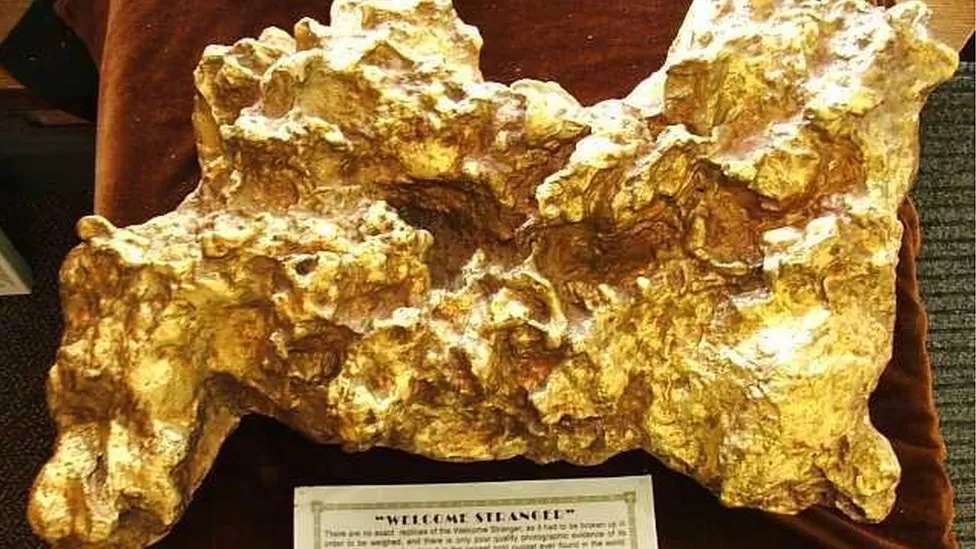
Gold Nuggets – Origins and Rarity
Gold mining has always been a fascinating topic and the most coveted form of gold is the massive gold nugget. The discovery of a massive gold nugget can be life-changing for a prospector. But, where do these elusive massive gold nuggets come from? Why are they so rare and hard to find? In this article, we will dive deep into the origins of massive gold nuggets and shed light on their rarity.
Table of Contents
Gold Nuggets – Origins and Rarity
Australia has been blessed with the discovery of two of the world’s largest gold nuggets. Both of these massive gold nuggets were discovered in Victoria. The largest of them was the Welcome Stranger, which was discovered in 1869, and it weighed nearly 2,500 ounces of gold. This is equivalent to over 90 kilos of gold, a life-changing amount of gold. The other massive gold nugget, the Golden Eagle, was found in January of 1937 in Western Australia. It weighed about 1500 ounces and was found in Widgiemooltha, south of Kalgoorlie.
Metal Detectors and the Hand of Faith Nugget
In 1980, a massive gold nugget weighing 875 troy ounces was discovered by a man using a metal detector in Victoria. The nugget, named the Hand of Faith, was almost 300 mm under the ground. This is a testament to the power of metal detectors even 40 years ago, and with today’s technology, it’s hard to imagine what could be discovered.

The Two Theories of Massive Gold Nugget Formation
For over 150 years, there has been a debate among scientists and prospectors about the origins of massive gold nuggets. One camp believes that these nuggets were formed in quartz veins at great depths, high temperatures, and high pressure, many kilometers down. As the surface got eroded down, these nuggets were exposed, and the prospectors found them. The other camp believes that these nuggets were formed in situ, above the hard rock, from gold-rich groundwaters that flowed through the regolith and started to precipitate into a nugget. This would grow over millions of years into the nice round shapes that we see of nuggets today.
CSIRO to the Rescue
Recently, the CSIRO, Australia’s national science agency, along with one or two other Australian and New Zealand universities, analyzed 30 gold nuggets collected from Western Australia, Queensland, and Victoria. They sliced the nuggets into very thin slices and ran some scanning electron microscopes over them to determine the crystalline structure of what was inside these nuggets. They found that every single nugget exhibited the exact same crystalline structure, and there were all hypogene. Hypogene means that these nuggets were formed in quartz veins at great depths, high temperatures, and high pressure, many kilometers down.
The rarity of massive gold nuggets is a combination of several factors such as formation conditions, geological events, erosion, and natural occurrences. Understanding the origins of massive gold nuggets and their rarity is important for prospectors, scientists, and historians alike. It’s safe to say that the biggest gold nuggets come from gold-rich veins somewhere nearby, but the exact location of these veins remains a mystery. As technology advances, we can only hope that more massive gold nuggets will be discovered and the secrets of their formation will be unraveled.